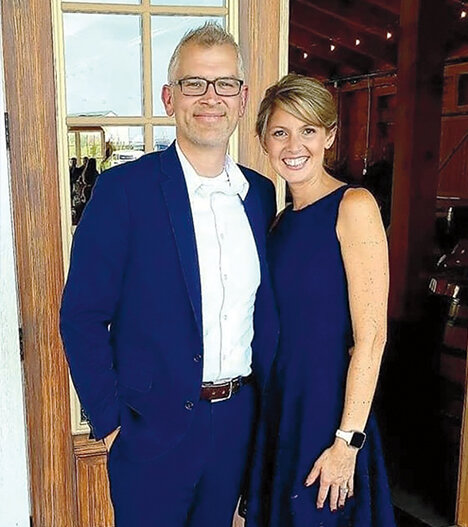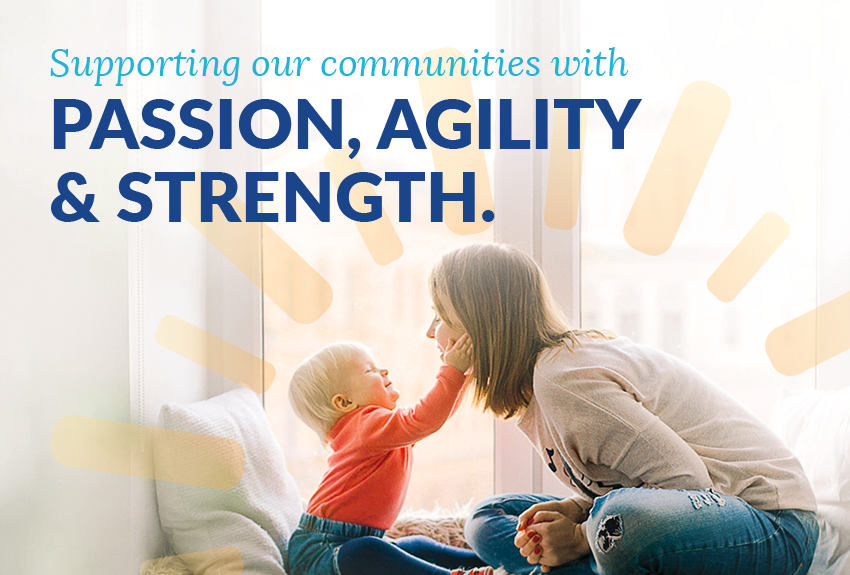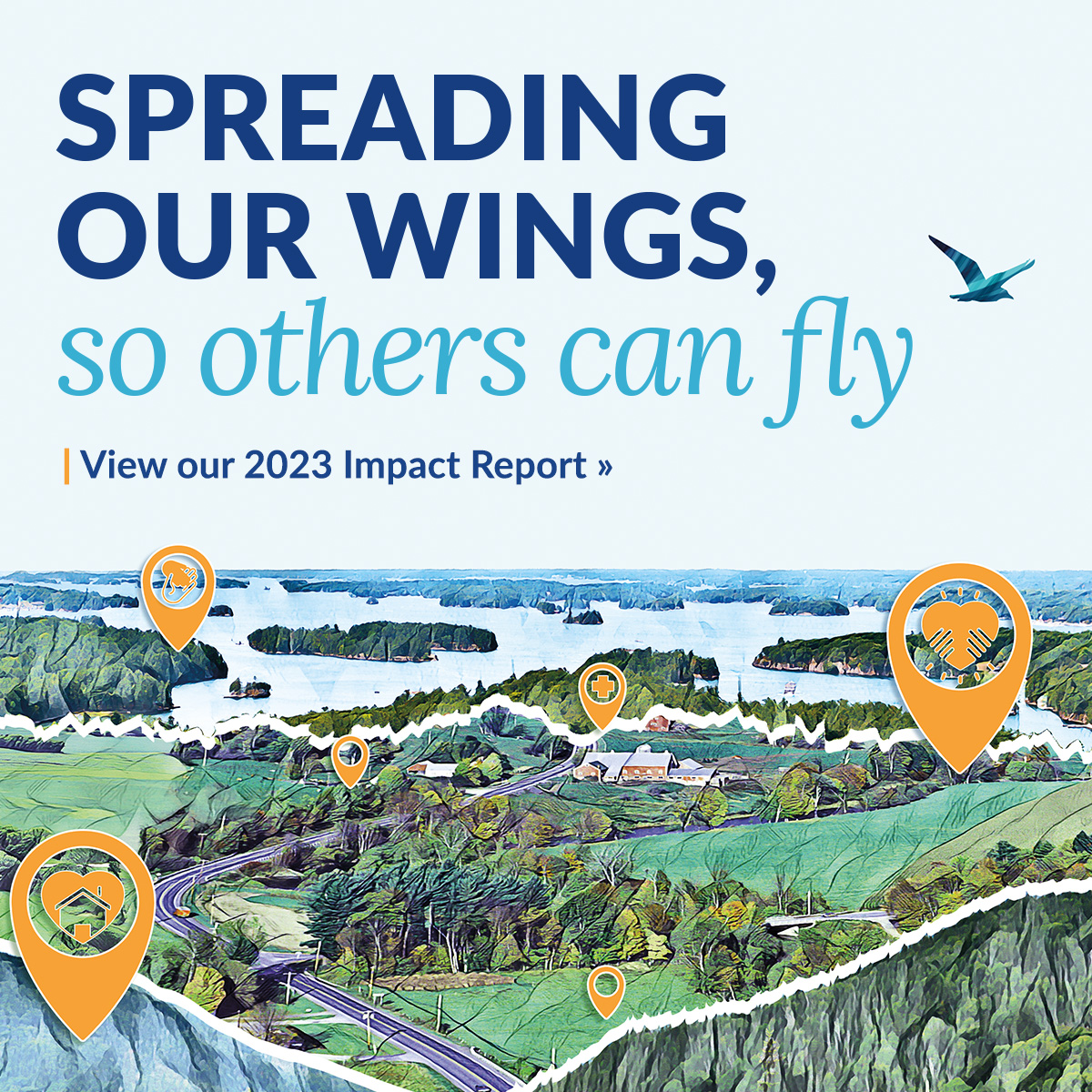There are ‘How To’ books on every topic imaginable. How to build a house, catch fish, bake a perfect cake, to name just a few. When the stark reality of the COVID-19 crisis became clear, we soon found ourselves navigating in uncharted territory. Previous health emergencies, like H1N1 and SARS, gave some hint, but no one could have predicted the sweeping damage caused by COVID-19. We found ourselves planning for a pandemic in real time. We didn’t realize it then, but we had started writing our own version of a ‘How To’ book.

Delivering vital health services to vulnerable populations is a challenge under normal conditions. Regardless of the challenges, be it individuals and families receiving supports through our developmental disability services, or those living with a mental health or addiction diagnosis, their well-being depends on reliable care. Just because there was a pandemic, did not mean we could put the needs of those we support on hold.
So, we started writing our book, one page at a time, always guided by our mission of Making Lives Better. Immediately, every employee and every department mobilized on multiple fronts. They gave selflessly to ensure our services and supports remained consistent during this time.
The public health emergency resulted in social distancing, limited personal contact and large gatherings were no longer advised or socially acceptable. This directly opposed the nature of our very personal work that relies heavily on face-to-face contact. Within just a few weeks, we went from high-touch, to an approach that was ‘high-tech, high-touch’.
This meant deploying a massive amount of information technology infrastructure so our outpatient clinics and day habilitation facilities could continue to support upwards of 8,100 individuals and families with remote services. Likewise, we did the same for around 250 employees who suddenly found themselves needing laptops and other technology so they could work remotely from home like millions of workers across the country.
While the ability to rely on technology expanded, some individuals in our care require 24/7 supports and in-person services. This meant equipping our direct care and front-line employees with the resources and materials, like personal protective equipment, they needed to not only do their jobs safely, but to protect the health and safety of those we support.
In many ways, we’ve experienced only the tip of the iceberg so far. Despite the challenges that lie ahead, we’ve learned so much about ourselves and our ability as an organization to excel in the toughest of times. Our services are thriving and we are exploring new ways of delivering those services. No longer are we limited by the physical space of a clinic, and our workforce is not bound by location.
Make no mistake, this pandemic has been a source of tragedy, frustration and longing for the life we knew before COVID-19. That said, the solutions that emerged from this massive disruption have given us great new possibility and opportunity for the future of care delivery in our community.
For that, we are optimistic. We look forward to the promise it holds as we close this chapter and start the next by emerging from this public health crisis stronger and wiser. We are indebted to our workforce, for their tireless commitment to making lives better, but also to our community and those we support for placing their trust in us.
James Button, CEO
To learn more about what we accomplished, see our Impact Report.


 Previous Post
Previous Post


